Septic tanks are an essential component of many residential and commercial properties. They are designed to collect and treat wastewater from homes, businesses, and other facilities that are not connected to a public sewer system. Proper maintenance and operation of septic tanks are critical to ensure their longevity and prevent environmental contamination. However, many homeowners and property owners are not familiar with the best practices for septic tank maintenance and operation. In this article, we will provide a guide to septic tanks, including their components, maintenance requirements, and common issues.
Table of Contents
1. What is a septic tank, and how does it work?
2. What are the different types of septic tanks available, and what are their pros and cons?
3. How often should a septic tank be pumped, and what factors affect the frequency of pumping?
4. How do you know if a septic tank is failing or needs repairs?
5. What are some common causes of septic tank problems, and how can they be prevented?
6. What are the environmental and health risks associated with a malfunctioning septic tank?
7. How can you maintain a septic tank to ensure optimal performance and longevity?
8. Can you add additives or chemicals to a septic tank to improve its performance or longevity?
1. What is a septic tank, and how does it work?
A septic tank is a large, underground tank used for the treatment and disposal of wastewater from a home or building that is not connected to a municipal sewer system. The tank is typically made of concrete, fiberglass, or plastic and is buried underground.
When wastewater from the house enters the septic tank, it separates into three layers. The bottom layer consists of heavy solids, called sludge, that sink to the bottom of the tank. The top layer is made up of oils and fats, called scum, that float to the top of the tank. The middle layer is composed of liquid effluent that exits the tank and enters the drain field.
As the wastewater enters the septic tank, natural bacteria and enzymes begin to break down the solid waste, converting it into a liquid that can flow out of the tank. The liquid effluent in the middle layer of the tank then exits the tank and flows into the drain field, which is a network of perforated pipes buried in the soil. The effluent is slowly released into the drain field, where it is further treated and absorbed into the soil.
The septic tank system relies on a delicate balance of natural bacteria and enzymes to break down the waste and keep the system functioning properly. Regular maintenance and cleaning of the septic tank is necessary to prevent problems and ensure the system continues to function effectively.
2. What are the different types of septic tanks available, and what are their pros and cons?
There are several types of septic tanks available, and each has its pros and cons. Here are some of the most common types of septic tanks:
1. Conventional septic tank: This is the most common type of septic tank, which is made of concrete, fiberglass, or plastic. The tank has two chambers, which separate solids and liquids. The wastewater flows into the first chamber, where solids settle and are broken down by bacteria. The liquid then flows into the second chamber, where further treatment occurs before the effluent is discharged into the drain field. The pros of this type of tank are its durability, low maintenance, and low cost. The cons are that it requires enough space for installation, and it may not be suitable for properties with heavy water usage or poor soil quality.
2. Aerobic septic tank: This type of tank uses an aerobic process to treat wastewater, which requires oxygen. The tank has three chambers, with the first chamber for settling, the second chamber for aeration, and the third chamber for disinfection. The pros of this type of tank are that it provides better treatment than conventional septic tanks, and it can handle high levels of water usage. The cons are that it requires electricity to power the aerator and disinfection system, and it needs regular maintenance.
3. Pump system: A pump system uses a pump to move wastewater from the septic tank to a drain field or treatment area. The pros of this type of system are that it can handle steep slopes and properties with high water usage, and it can be installed in small spaces. The cons are that it requires regular maintenance, and it can be expensive to install.
4. Mound system: A mound system is used when the soil is not suitable for a conventional septic system. The wastewater is pumped into a sand bed, where it is filtered and treated before it is discharged into a drain field or treatment area. The pros of this type of system are that it can handle poor soil quality, and it provides better treatment than a conventional septic system. The cons are that it requires regular maintenance, it is expensive to install, and it requires a lot of space.
These are just some of the most common types of septic tanks available. The right type of septic tank for your property will depend on several factors, including soil quality, water usage, and space availability. It's important to consult with a qualified professional to determine the best type of septic tank for your needs.
3. How often should a septic tank be pumped, and what factors affect the frequency of pumping?
Septic tanks should be pumped out every three to five years, on average. However, the actual frequency of pumping can depend on several factors:
1. Tank size: Larger tanks can hold more waste and may require less frequent pumping than smaller tanks.
2. Household size: A larger household with more people will produce more wastewater and may require more frequent pumping.
3. Water usage: Excessive water usage, such as using large amounts of water for laundry or taking long showers, can increase the frequency of pumping.
4. Type of waste: Some types of waste, such as chemicals or non-biodegradable materials, can accumulate in the tank and require more frequent pumping.
5. Age of the tank: Older tanks may require more frequent pumping as they may not be as efficient at breaking down waste as newer tanks.
6. Soil type: If the soil in the drain field is not able to effectively absorb the effluent, it can back up into the tank and require more frequent pumping.
It's important to have the septic tank pumped on a regular basis to prevent solids from accumulating and causing problems with the system. Waiting too long to have the tank pumped can lead to clogs, backups, and even damage to the tank itself. A professional septic tank service can assess the system and recommend an appropriate pumping schedule based on the specific factors affecting the system.
4. How do you know if a septic tank is failing or needs repairs?
There are several signs that a septic tank may be failing or in need of repairs:
1. Slow draining or gurgling pipes: If the drains in the house are slow to empty or make gurgling sounds, this could be a sign that the septic tank is not functioning properly.
2. Unpleasant odors: Foul odors coming from the drains or outside the house can indicate a problem with the septic tank.
3. Wet spots or standing water in the yard: If the drain field is not absorbing the effluent properly, it can result in wet spots or standing water in the yard.
4. Sewage backups in the house: If wastewater is backing up into the house through the drains, this is a clear sign that there is a problem with the septic system.
5. Overly lush vegetation in the drain field: If the grass or plants in the drain field are unusually green and lush, this could indicate that the drain field is not absorbing the effluent properly.
6. A sudden increase in the frequency of pumping: If the septic tank needs to be pumped more frequently than usual, this could indicate a problem with the system.
If any of these signs are noticed, it's important to call a professional septic tank service to assess the system and provide necessary repairs or maintenance. Waiting too long to address septic system problems can lead to further damage, more expensive repairs, or even the need for a complete replacement of the system. Regular maintenance and care of the septic system can help prevent problems and ensure the system continues to function properly.
5. What are some common causes of septic tank problems, and how can they be prevented?
There are several common causes of septic tank problems, including:
1. Lack of maintenance: Regular maintenance is critical to ensuring the septic system continues to function properly. Without proper maintenance, solids can accumulate in the tank, and the drain field can become clogged.
2. Flushing inappropriate materials: Flushing non-biodegradable materials such as wipes, feminine hygiene products, or paper towels down the toilet can cause clogs in the pipes and the septic tank.
3. Excessive water usage: Using large amounts of water in a short period of time can overwhelm the septic system and prevent it from properly treating and disposing of wastewater.
4. Chemicals and cleaners: Chemicals and cleaners can kill the beneficial bacteria in the septic tank that break down the waste, leading to clogs and other problems.
5. Tree roots: Tree roots can infiltrate the pipes and the septic tank, causing clogs and damaging the system.
To prevent septic tank problems, it's important to:
1. Have the tank pumped and inspected regularly by a professional septic service.
2. Only flush toilet paper and human waste down the toilet.
3. Avoid excessive water usage by repairing leaky faucets and toilets, taking shorter showers, and running dishwashers and washing machines only when full.
4. Avoid using harsh chemicals and cleaners that can kill the beneficial bacteria in the tank.
5. Keep trees and shrubs away from the septic system to prevent root infiltration.
By taking these steps, homeowners can help prevent septic system problems and ensure their system continues to function properly for years to come.
6. What are the environmental and health risks associated with a malfunctioning septic tank?
A malfunctioning septic tank can pose several environmental and health risks. When a septic tank is not properly maintained or is failing, untreated wastewater can leak into the surrounding soil and groundwater, potentially contaminating nearby wells, streams, and other water sources.
Untreated wastewater can contain harmful pathogens such as bacteria, viruses, and parasites that can cause a range of illnesses in humans and animals. Exposure to these pathogens can occur through contact with contaminated water or soil, or through the consumption of contaminated food or water. Common illnesses associated with exposure to untreated wastewater include gastrointestinal infections, skin rashes, and respiratory infections.
In addition to the health risks, a malfunctioning septic tank can also have negative environmental impacts. Wastewater can contain high levels of nutrients such as nitrogen and phosphorus, which can cause algal blooms in nearby bodies of water. These blooms can reduce oxygen levels in the water, leading to the death of fish and other aquatic life. Excess nutrients can also lead to the growth of invasive plant species, which can further disrupt the local ecosystem.
To prevent these risks, it's important to properly maintain septic tanks and address any issues promptly. Regular pumping, proper waste disposal, and avoiding the use of harsh chemicals and cleaners can all help prevent septic tank problems and minimize the environmental and health risks associated with a malfunctioning septic system.
7. How can you maintain a septic tank to ensure optimal performance and longevity?
Proper maintenance of a septic tank is essential to ensure optimal performance and longevity. Here are some tips for maintaining a septic tank:
1. Regular Pumping: The septic tank should be pumped out regularly to remove the accumulated solids and prevent them from overflowing into the drain field. The frequency of pumping depends on the size of the tank, the number of people in the household, and the usage. As a general rule, a septic tank should be pumped every 3 to 5 years.
2. Water Conservation: Excessive water usage can overload the septic system and reduce its efficiency. Water conservation measures, such as repairing leaky faucets, using low-flow fixtures, and minimizing water usage during peak hours, can help prolong the life of the septic system.
3. Proper Waste Disposal: Only biodegradable waste should be flushed down the toilet. Grease, oil, coffee grounds, cigarette butts, and other non-biodegradable items can clog the septic system and reduce its efficiency.
4. Proper Landscaping: The drain field should be kept clear of trees, shrubs, and other vegetation to prevent the roots from infiltrating and clogging the pipes. Heavy vehicles should also be kept away from the drain field to prevent damage to the pipes.
5. Regular Inspections: Regular inspections can help identify and address any problems with the septic system before they escalate. A professional inspector should be hired to inspect the septic system every 3 to 5 years.
6. Use of Additives: Septic tank additives claim to improve the efficiency of the septic system by breaking down the solids and preventing clogs. However, the use of additives is controversial, and there is limited scientific evidence to support their effectiveness. It is advisable to consult a professional before using any additives.
By following these maintenance tips, you can help ensure the optimal performance and longevity of your septic system.
8. Can you add additives or chemicals to a septic tank to improve its performance or longevity?
The use of additives or chemicals in a septic tank is a controversial topic. Some products claim to improve the efficiency of the septic system by breaking down the solids and preventing clogs. However, there is limited scientific evidence to support the effectiveness of these products, and they may even cause harm to the system.
In fact, many septic professionals advise against the use of additives or chemicals in septic tanks. The septic system is designed to naturally break down the solids and treat the wastewater. The bacteria and enzymes in the tank work together to break down the organic matter, and adding chemicals or additives can disrupt this delicate balance and harm the bacterial colonies in the tank.
Moreover, some additives may contain harmful chemicals that can contaminate the groundwater or cause other environmental problems. It is also important to note that the use of some additives may void the warranty on the septic system.
Instead of using additives or chemicals, it is best to follow proper maintenance practices, such as regular pumping, water conservation, and proper waste disposal, to ensure the optimal performance and longevity of the septic system. If you have any concerns about the performance of your septic system, it is best to consult a professional septic service provider for advice.
9. How can you determine the size of a septic tank needed for your property, and what factors should be considered in selecting the appropriate size?
Determining the size of a septic tank needed for your property depends on several factors. Here are some of the factors that should be considered in selecting the appropriate size:
1. Number of Bedrooms: The number of bedrooms in your home is a good indicator of the number of people who will be using the septic system. The general rule is to have a septic tank with a capacity of at least 1,000 gallons for a home with up to three bedrooms. For homes with more than three bedrooms, an additional 250 gallons of tank capacity is recommended for each additional bedroom.
2. Soil Type: The soil type on your property affects the drainage field's ability to absorb and treat the wastewater. A soil percolation test should be conducted to determine the soil's absorption rate, which will help determine the size of the drain field and the septic tank.
3. Water Usage: The amount of water used in the home affects the size of the septic tank needed. The more water used, the larger the tank must be to allow for proper settling and the retention time necessary for effective treatment.
4. Climate: Climate can affect the frequency of pumping needed, as well as the size of the septic tank. In colder climates, the tank should be larger to allow for longer retention times, while in warmer climates, the tank can be smaller since the bacteria are more active.
5. Regulations: Local and state regulations may require a certain minimum tank size based on the number of bedrooms, property size, and other factors.
Once these factors have been considered, a professional septic service provider can help determine the appropriate size of the septic tank for your property. It is important to select a tank size that will adequately meet the needs of your household while complying with local regulations to avoid any issues with your septic system.
In conclusion, septic tanks are an essential component of many properties that are not connected to a public sewer system. Proper maintenance and operation of septic tanks can ensure their longevity and prevent environmental contamination. By following the guidelines outlined in this article, property owners can ensure that their septic systems are functioning properly and efficiently. Regular inspection, pumping, and maintenance of septic tanks can also help to avoid costly repairs and replacement. With the right care and attention, septic tanks can provide reliable and safe wastewater treatment for years to come.
302.webp)
 (1)379.webp)
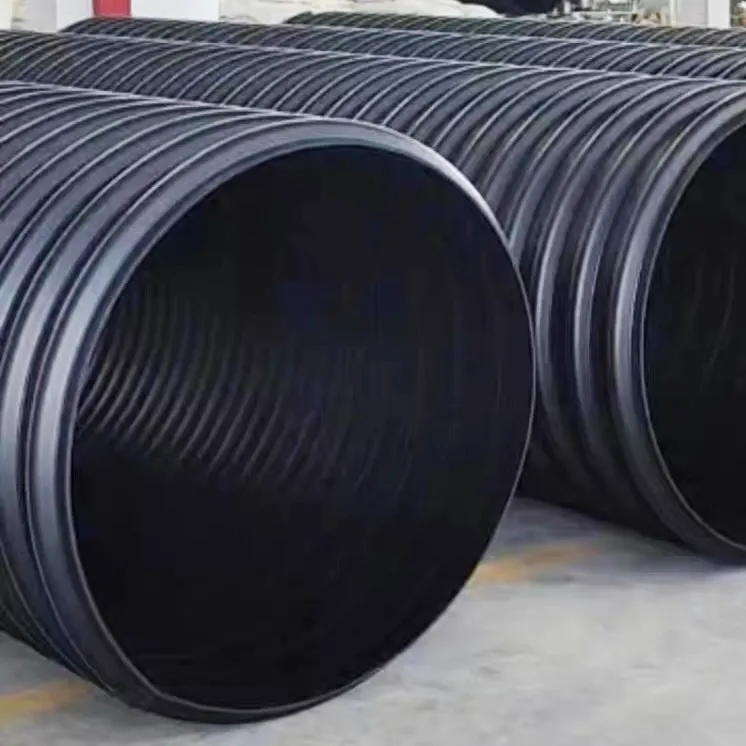
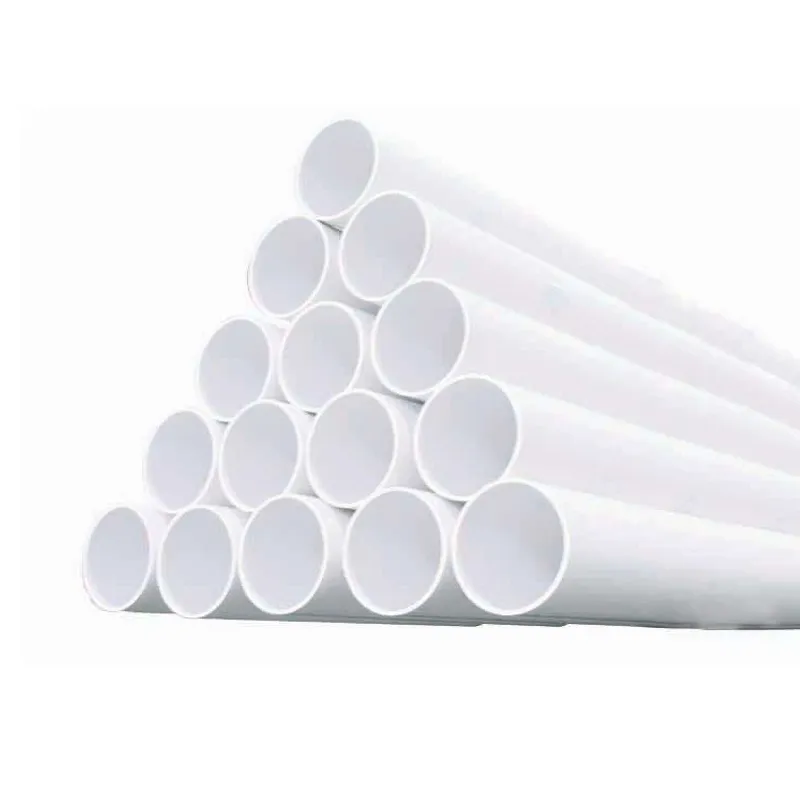
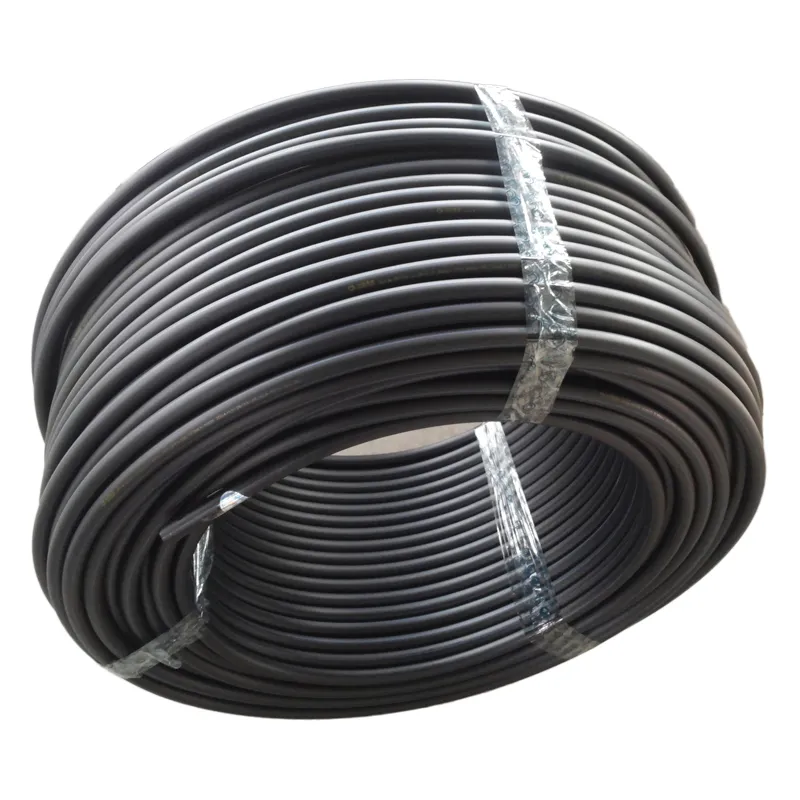
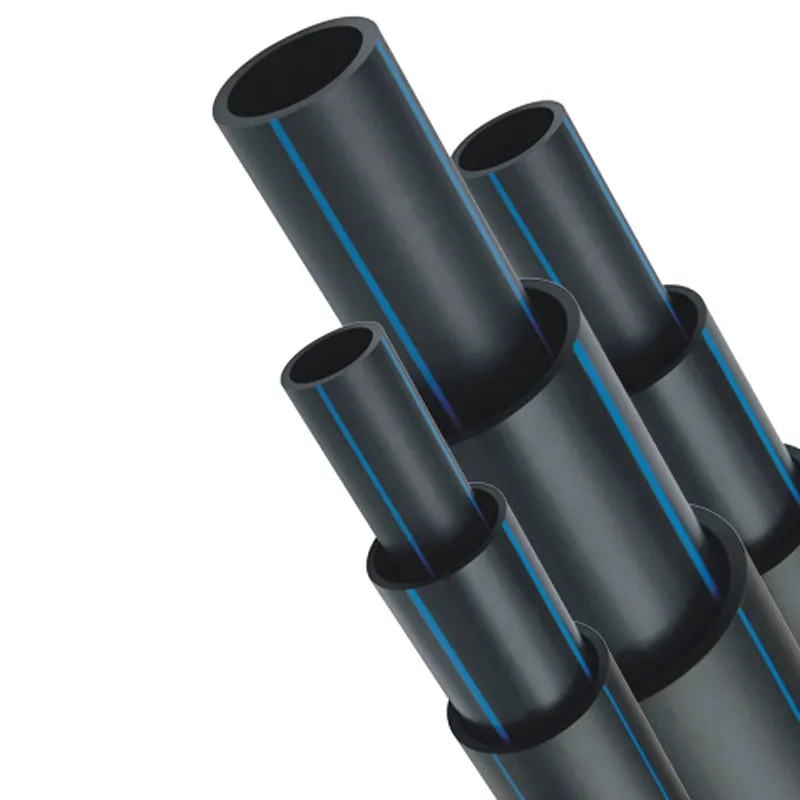
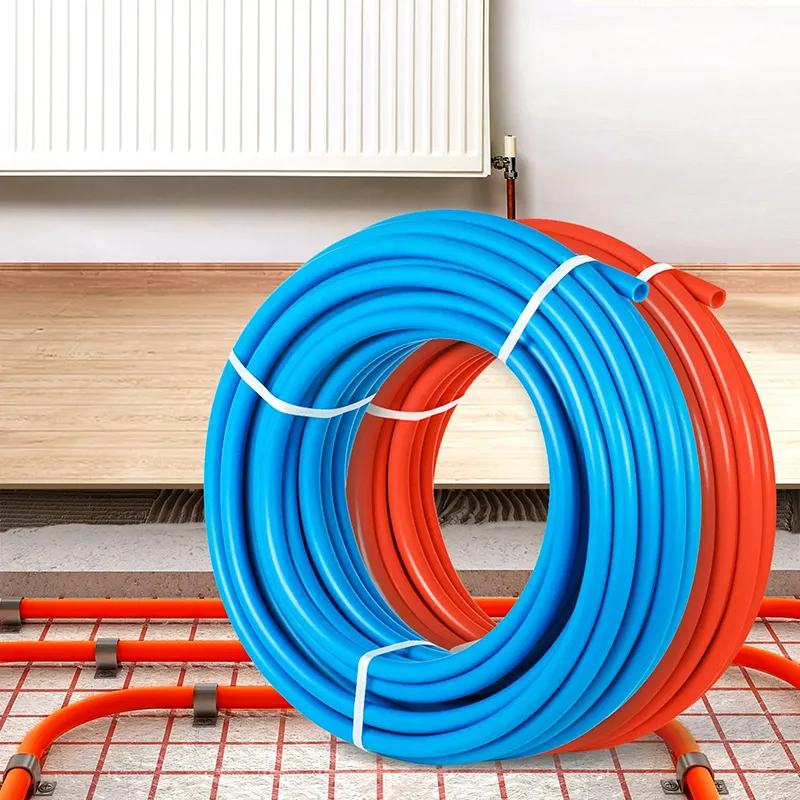
294.webp)
476.webp)
420.webp)
146.webp)
460.webp)
287.webp)
274.webp)
688.webp)


